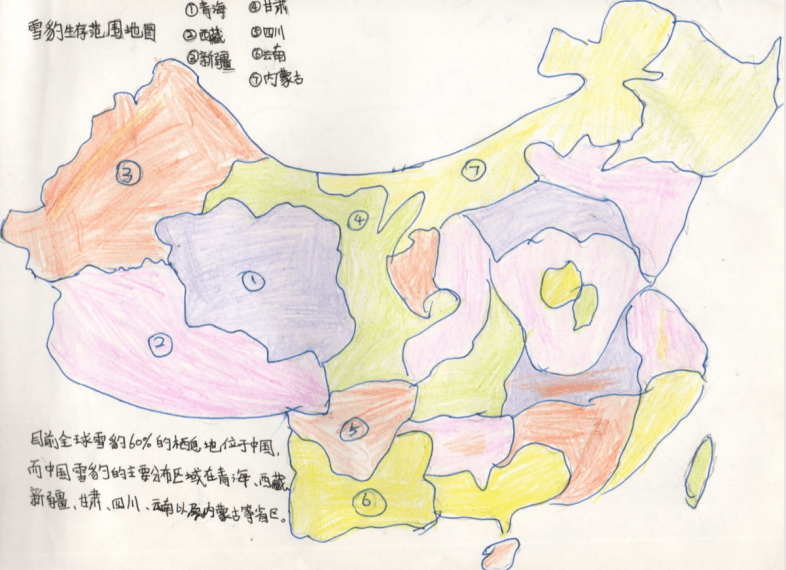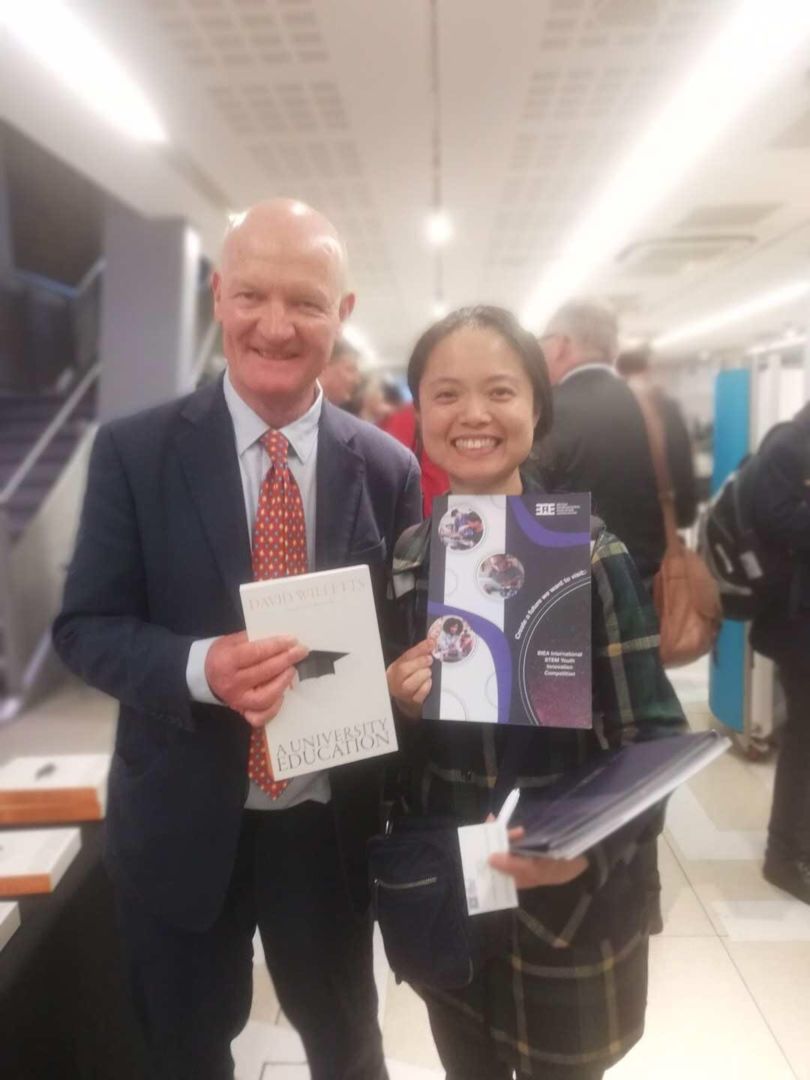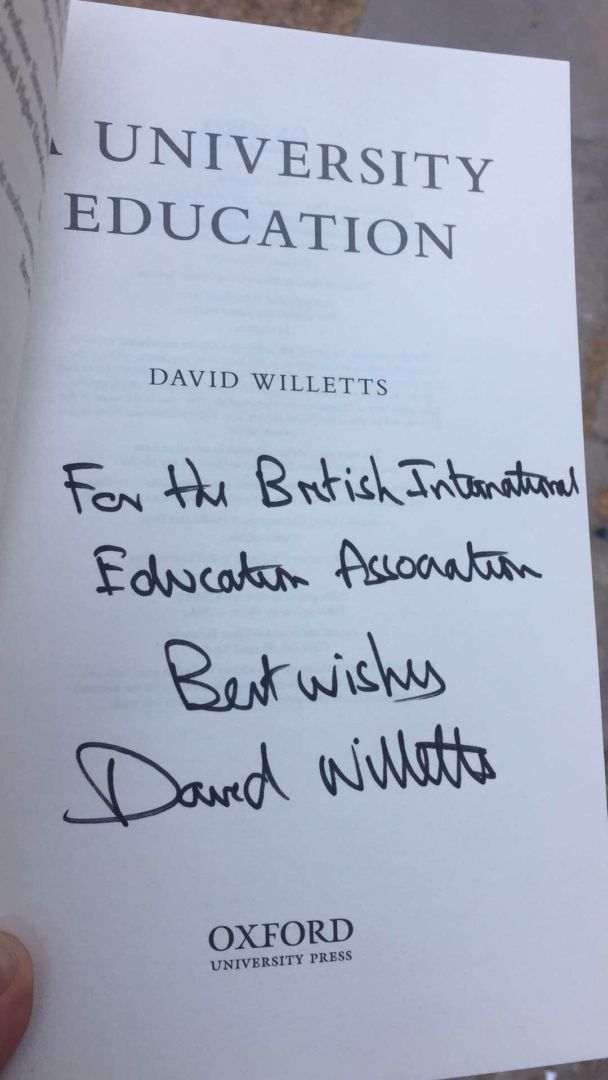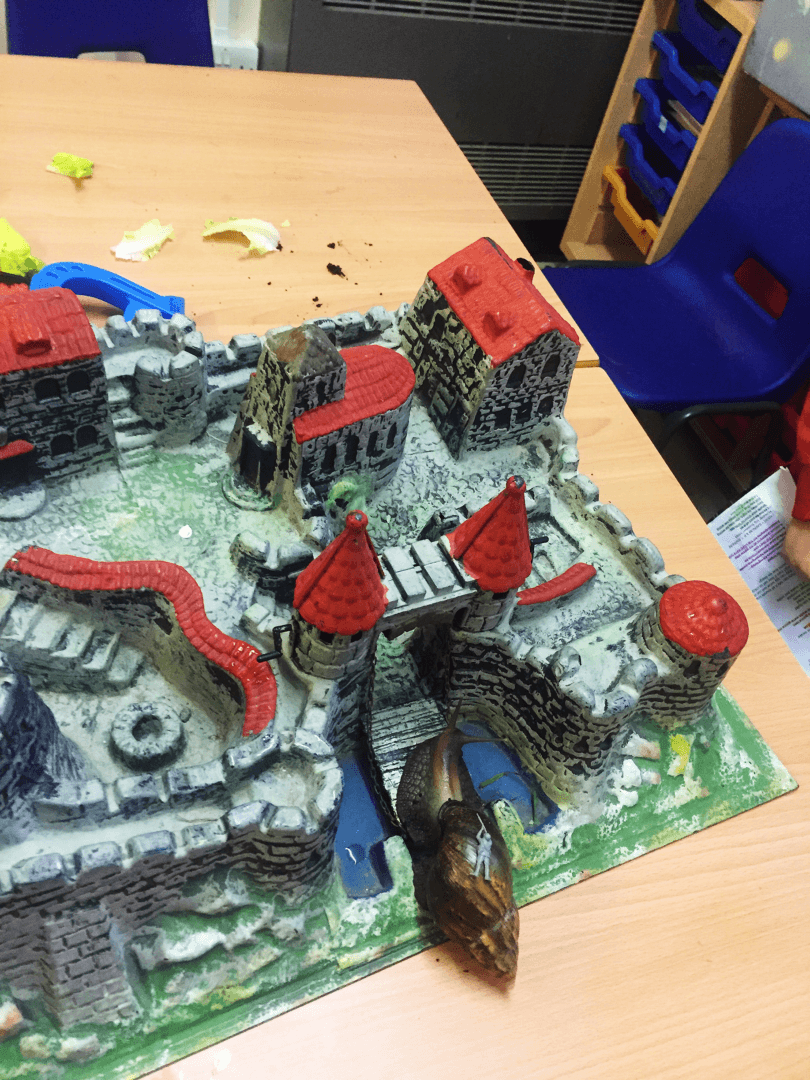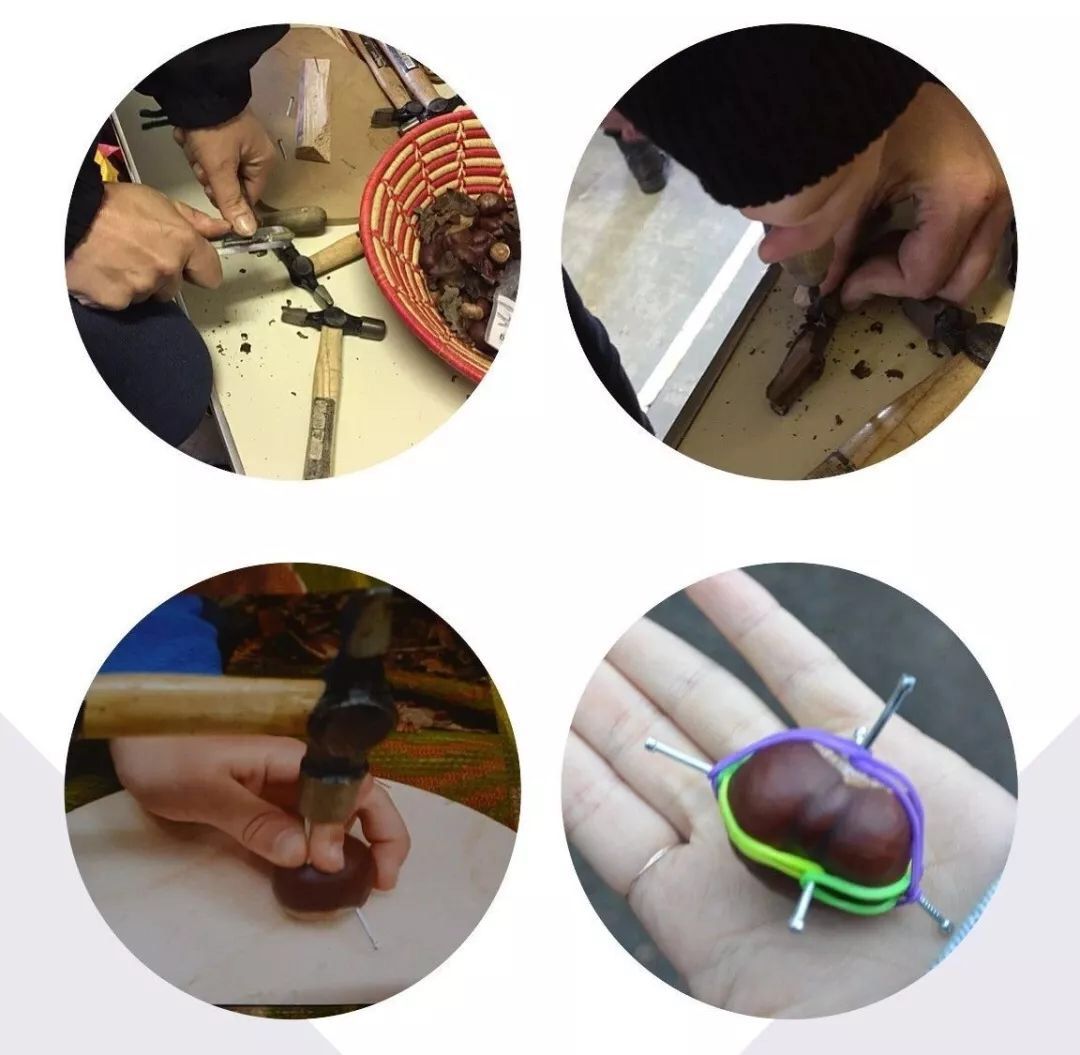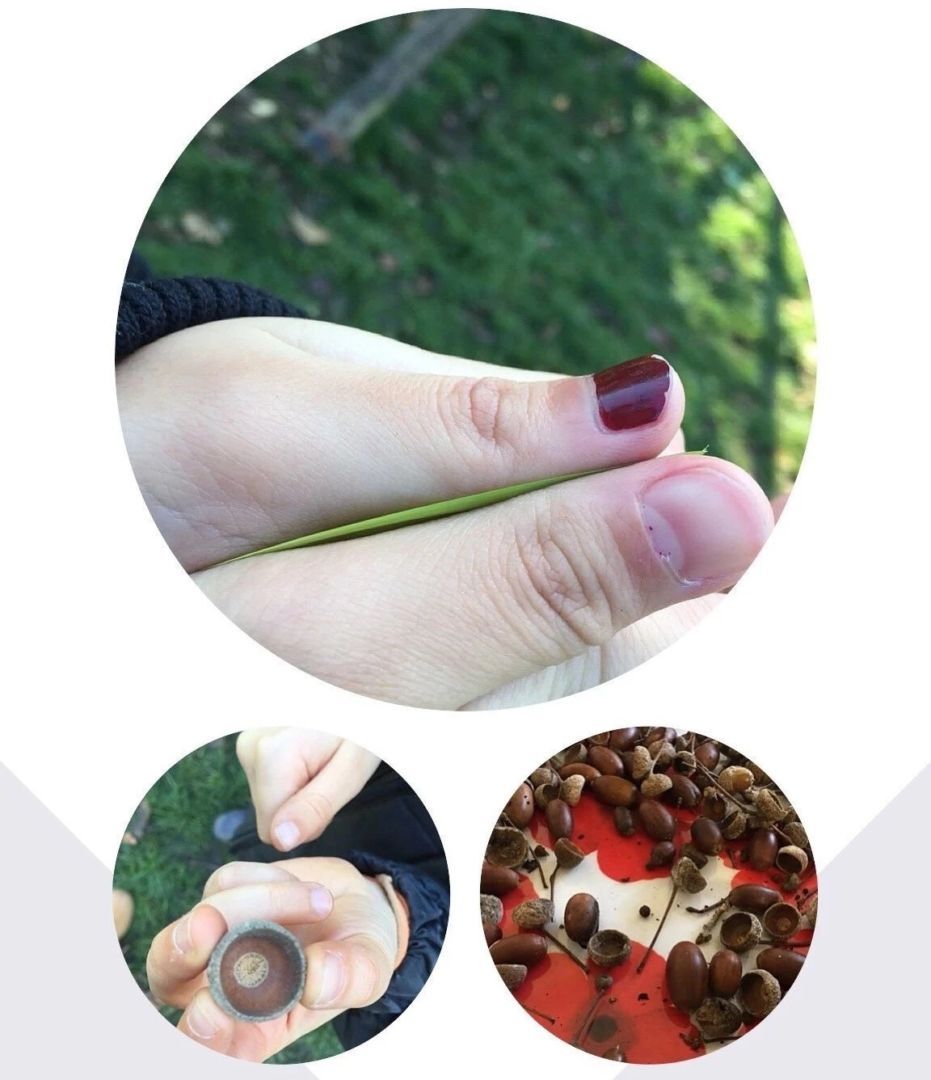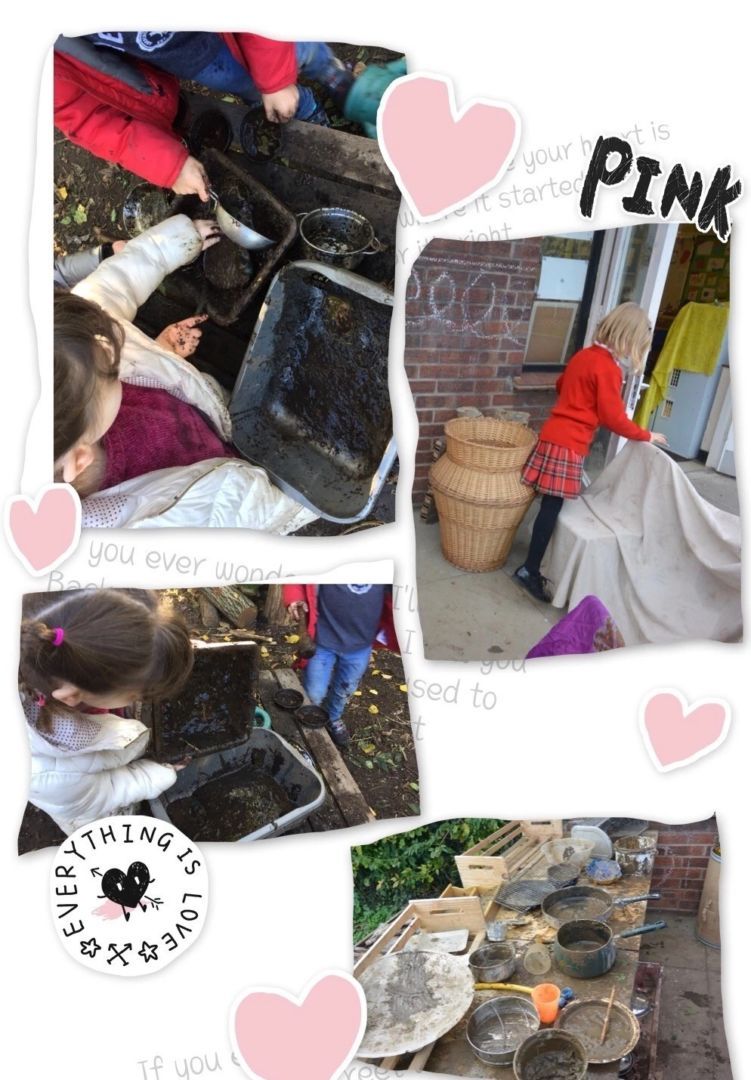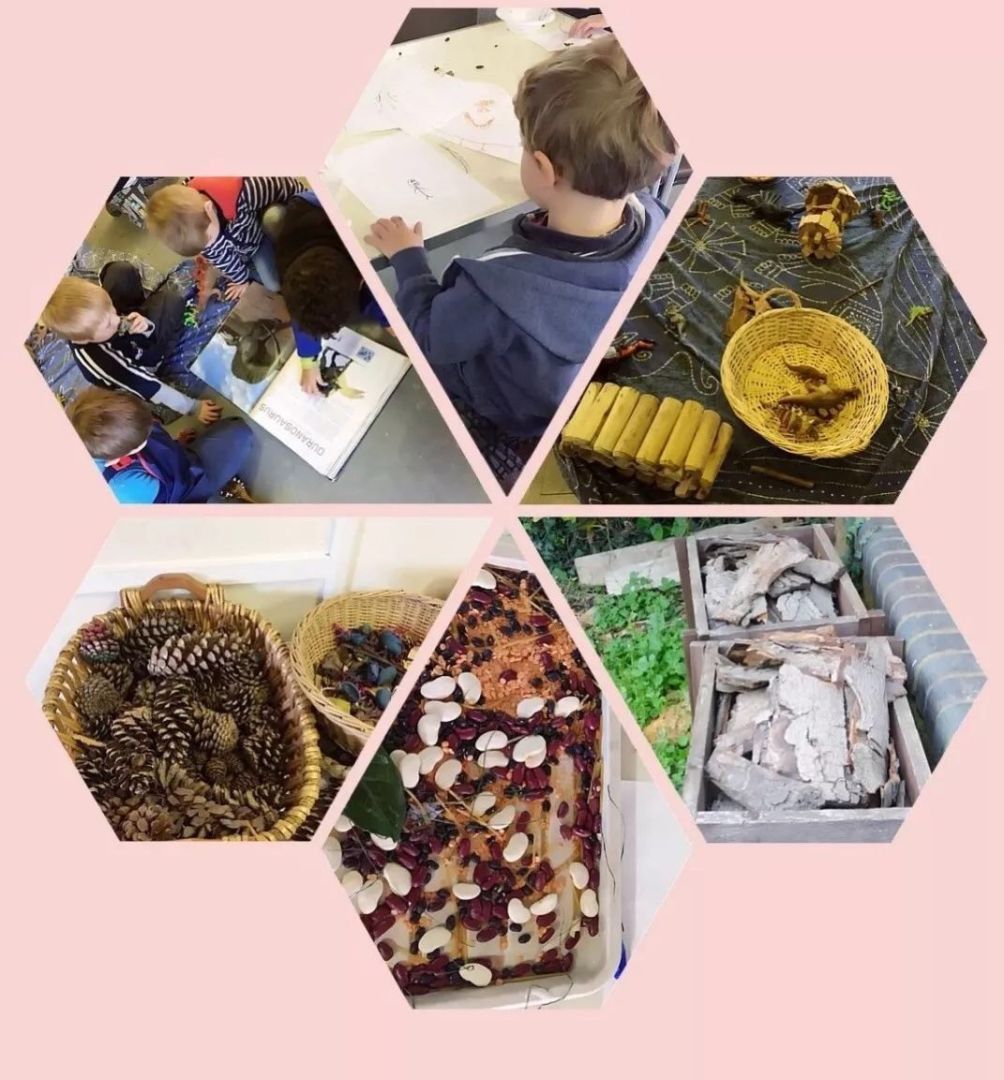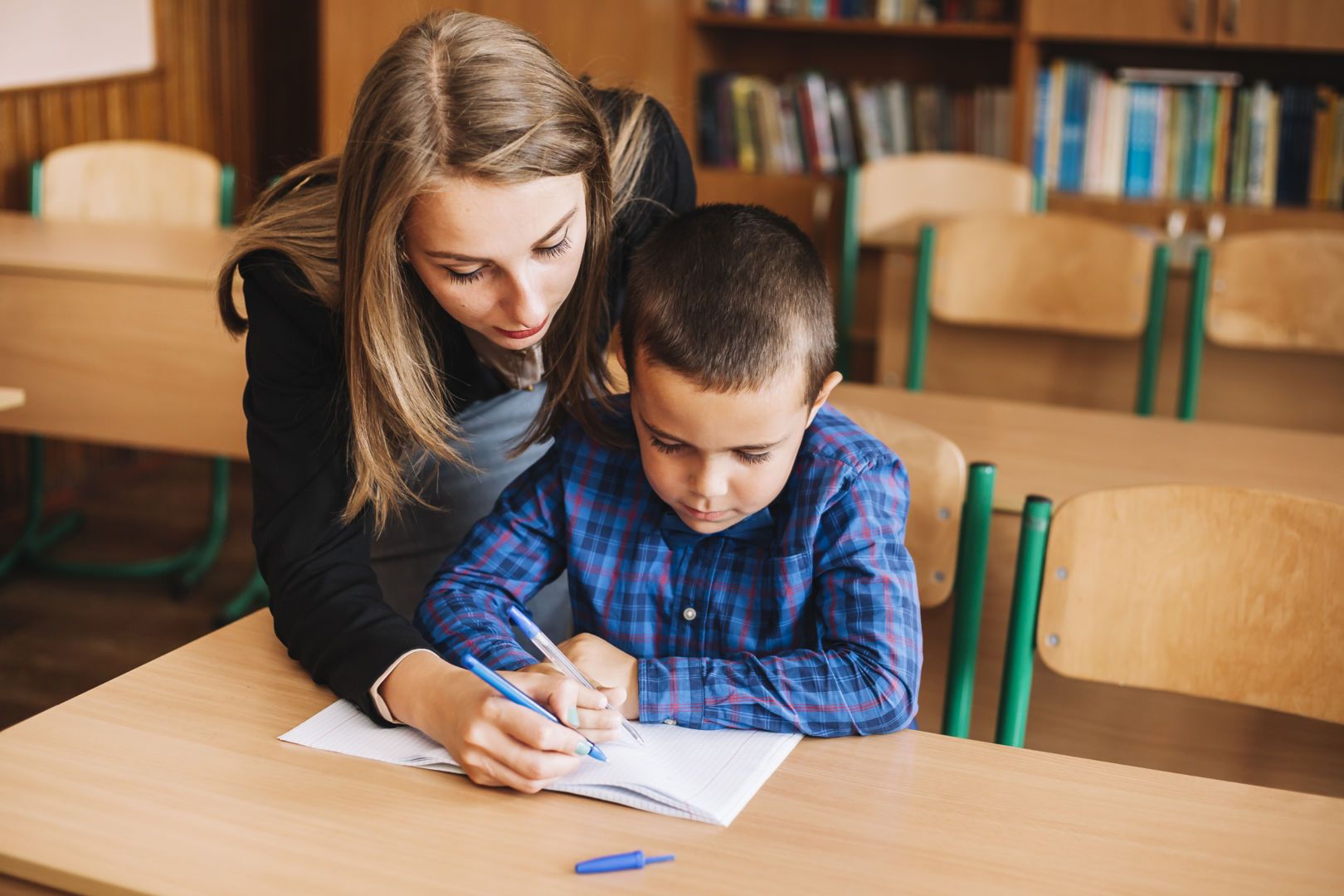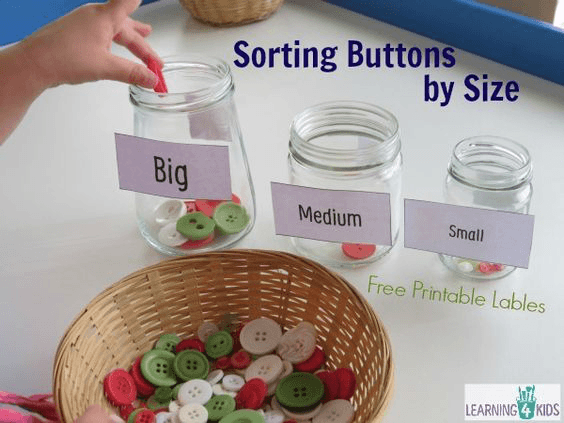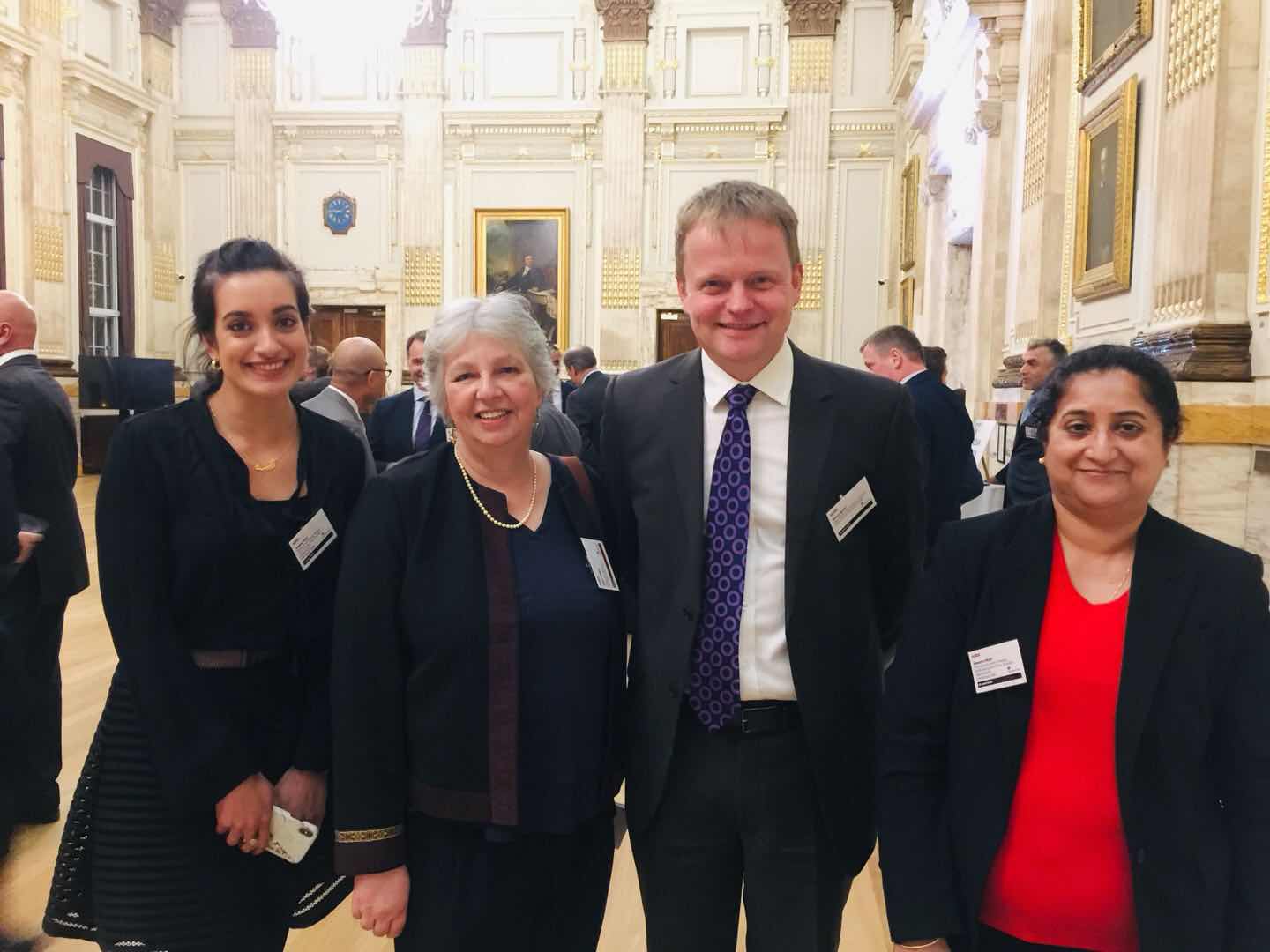Scientific innovation inspires youngsters in STEM
With the finalist list announced the BIEA (2019) international youth science and innovation competition the atmosphere continues to intensify with the teams entering the final preparatory stage. The reports submitted in the preliminary contest not only reflect the understanding and cognition of each team of aspects of scientific innovation, but also represents the level that teenagers in different countries and regions have achieved. Being a leader in China’s economic development Shanghai has always attached great importance to science and innovation in education. The four teams sent by the second affiliated middle school of east China University in Shanghai are honoured to have reach the final to be held in London.
Students wholeheartedly embraced the project.
The theme of BIEA (2019) international youth science and technology innovation competition is "drone wars and species extinction". The combination of the popular UAV technology with humane animal protection projects has attracted active participation from schools from around the world. This includes the second affiliated middle school of East China in Shanghai. Due to the large number of students that have enrolled for the project the school selected two teams in the 12-14 age group from the Junior Middle School and one team in that age group and another aged 15-17 from the International Department to participate in the competition.
 Middle school Cavalries group students discuss UAV designs with technology teachers
Middle school Cavalries group students discuss UAV designs with technology teachers
Although they love science and innovation, how to combine drones with animal protection was still a great challenge for the children. Teachers Yang Bing and Chen Giong asked experts from Shanghai Jiao Tong school of aeronautics and astronautics to give advice and help. The International Department and the Agricultural School in the University arranged for the children to visit the drone base of the university to experience examples of the uses of drone technology. This increased the enthusiasm and excitement amongst the children for the competition.
Students from the international department discussed UAE design with Yan Li (second from right) and Qian Feng (fourth from right) their science and technology teachers
Brainpower and hardwork. UAV design fun.
After discussion with teachers and comprehensive research children quickly chose the animals to be protected by their teams and modified the UAV designs according to the environment and habits of the animals selected.
The Typhoon group of students in the Junior Middle School chose the Chinese flying squirrel with multiple teeth as the animal to protect. Because of the nocturnal habits of the flying squirrels the students decided to use a wide-angle camera to observe and locate the caves they inhabit during the day and then use the night vision camera to observe and count the population at night. The advantages and disadvantages of all kinds of equipment were assessed and used to help them complete their objectives.
 Participating students in the Junior Middle School discuss the design of their UAV.
Participating students in the Junior Middle School discuss the design of their UAV.
The UAV Cavalries team, another team from the middle of the primary school, selected the Asian elephant to help protect. They had to consider such things as counting the population, the encroachment of poachers and the availability of water. All of this was considered and researched in creating their project.
The junior high school and senior school teams of the International Department chose snow leopards and Chinese alligators as their animals to help protect. Each carried out comprehensive research on their respective animals and used their spare time to investigate design and construction characteristics of drone technology. The whole experience was very enjoyable.
The challenge was met and all four teams are finalists
The UAV design and modification process greatly facilitated the children's creative thinking as well as their ability to research projects and develop the attendant skills. One of the many things that the students from the International Department’s 15-17 age group team discovered during their research on the Chinese alligator was that it’s skin colour was so close to that of the rocks on which it basked that it was difficult to see and that it was poikilothermic (cold blooded) and could not be tracked by an infrared camera.
To overcome this problem the team researched the habits of the alligators and discovered that they liked to float on the water and that their eyes glowed red when illuminated at night. This enabled the team to devise a method for counting the alligators with their drone.
 Contestants from the International Division team fly drones with their instructors
Contestants from the International Division team fly drones with their instructors
During one of the flights to test the design of the drone near a school pond the sound startled a water bird catching fish and it’s wings knocked the drone. Fortunately, all was not lost and the children guided the drone to a save landing in a large stone in the middle of the pond. Yan Li, a science teacher and innovation instructor at the school was full of praise for the way the children handled the crisis.
 Test flight site contestants are debugging the drone
Test flight site contestants are debugging the drone
The science and technology innovation competition is a perfect opportunity to exercise children's science and technological innovation ideas and practical ability. The competition also allows the children to express their very human instincts in their desire to protect wild animals whilst displaying their innovative and technological skills to others from around the world and experts in STEM education. This can only bode well for the future.
When we found out that our team had been shortlisted for the finals and that we were going to London to participate we all cheered. We are full of pride and are honoured in the mission to compete with other school teams from around the world. I hope that the preparations for the finals that we are making at present will result in a most enjoyable time for all concerned and that Shanghai will prove a worthy competitor in the competition.
Impressive works by students in 2019 BIEA STEM Competition
One of the results of organising this competition, amongst others, is the quality of illustration and drawing exhibited by the school teams across the age groups.
The drawings of the distribution of snow leopards and maps of China submitted by the Hangzhou World Foreign Language school in the 9-11 age group are charming (above). What is equally stunning is the wonderful illustration of a tiger painted drone with a tiger faced centre submitted by Ravenswood School For Girls in the same age group. Their power point report is also very well done.
The photo and reasoning of the drone design submitted by the No. 2 High School of East China Normal University are equally clear in the 15-17 age group.
Many of the drone designs in the older groups are fascinating and ingenious. One submission that stands out technically is from the Koszaline secondary school 1 LO 1m for the preservation of Gray’s Zebra. Their innovative design and technical reasoning is amazing.
The imaginative use of material in construction of the designs was surprising. No 2 School Shanghai’s reasoning for and explanation of using graphene in their drone is very interesting. Queen Elizabeth’s School Barnet’s reasoning for using a fixed wing design is equally impressive in their desire to help the Black Rhino. The clear reasoning and explanation of the design of India’s Visakha Valley School’s drone design including a clever use of Raspberry Pi in the desire to track the Red Panda in it’s environment is fascinating.
Hisar School from Istanbul intriguingly propose to use of mycelium as a material in the construction of their drone designed to assist Mountain Gorillas and Pangolins.
Other finalists have chosen to help complex toothed flying squirrels, basking sharks, tasmanian devils and other endangered animals with their projects and the finals in July look to be a very exciting and rewarding occasion.
A University Education: Engineering in UK Universities
A University Education: Engineering in UK Universities
Lord David was minister for universities and science in the coalition government from 2010 to 2014, when the cap on tuition fees was raised to £9,000 per year in England and Wales. Today he gave a talk at the UCL department of engineering to an audience of higher education professionals including from the UK and abroad on what a modern university education could be, in particular, university education for future engineers. BIEA was invited as a guest among professors from Bath University, Kings College, UCL, etc.
Reflecting on his experience in British politics, Lord Willetts explained the policies and decision-making processes within British government on education.
He also talked about accessibility to university: are there too many graduates in the world? Should everyone go to university? Will there be more 4 year degrees in the future or more students will choose a 2-year degree? There is no clear right or wrong answer in them, the audience was happy to participate in the discussion.
Lord Willette is aptly nicknamed ‘two brains’ for being an intellectual, he strongly believes in evidence-based research and raised questions about recent The longitudinal education outcomes (LEO) Data. This is a UK government publication on employment and earnings outcomes of higher education graduates broken down by subject studied and graduate characteristics. In his opinion, during a recession, a university degree helps with graduate employment, although earnings could be lower. The hardest hit group would be the young people without a degree, as employers in difficult times would choose to pay less for a better-educated workforce.
During the session, international comparisons were made between UK and Germany engineering graduates. Also how collaborative work between universities from the UK and other countries could encourage creative partnerships and benefit the students.
One of the key issues discussed was how British students had to specialize early in their education compared to other countries. At 16 or 17, students in England would need to decide which disciplines they would follow at university, they would then choose three or four subjects at A-levels. Lord Willetts believes that this early specialization gives less breadth of knowledge to students and ultimately limit their choices in future careers.
Also the gender balances in STEM education was raised by several guests, although more girls are now taking Maths at A-levels than ever before, the number pursuing a science degree is still low.
Reflecting on BIEA’s International STEM Competition, we have had a record number of female students joining in the competition and this demonstrates the appeal of the theme to both girls and boys.
We are glad to share updates on the international reach of our competition and we hope Lord Willetts will share his wisdom and wit at the international final on 4th July.
Amazing entries from the first round of the BIEA 2019 STEM Competition
Students from the Coleraine Grammar School in Northern Ireland and their teammates flew their drone with their instructor starting their journey on the BIEA 2019 STEM competition.
BIEA was impressed with the entries submitted for the first round of the competition. It was obvious that many teams had worked hard to thoroughly research, design and write up their ideas for saving animal species from extinction.
The range of animals was impressive, and we were particularly impressed with entries that included animals relevant to the teams’ local area. This included the entry by Coleraine Grammar School on Basking Sharks that had been seen in Irish waters. They followed up their ideas with a visit from a local university lecturer to discuss drones. We were also impressed by Srednja skola Jablanica, a school in Bosnia, who focused on Bosnian wildlife, including the lynx, wolf and mouflon. Their report reflected some excellent planning and well-described division for team roles. Visakha Valley School chose the Red Panda for their project focus, and submitted an outstanding report including details about each of the team members and their supporting staff. One of the teams from Sheffield Park Academy also included details about team member roles in their project on the Tasmanian Devil.
Some teams incorporated innovative ways of experimentation for the report. One of the teams from St. Margaret's School conducted a field test to find out how many pupils (‘animals’) could be counted by their drone at different heights in their project on Darwin Foxes. Team Endeavour, in their report on Sea Turtles, tested the strengths of different materials and measured the thrust of a motor to help determine their final drone specifications.
We also had a lot of teams using CAD and 3D printing to help with drone designs. Topkids Center included an outstanding design specification for their project on the Bactrian Camel. A team from Kent College 3D printed their design from their specifications, as did I Liceum Ogólnokształcące im. St. Dubois, who also developed a flight simulated path for their drone project on Zebra.
Some outstanding hand drawn specifications were also included – we were particularly impressed with the diagram for the Snow Leopard tracking drone by Alpha Preparatory School, along with the detailed exploded diagram of drone by the Westcliff High School for Boys and their project on the Amur Leopard, and the original drone design by the American International School of Cape Town who designed a drone with caterpillar tracks for tracking Savannah wildlife. The team from the Shanghai Foreign Language School Affiliated to SISU included in depth calculations for the drone range using 5G wireless signals around a Tibetan antelope animal reserve.
From nature - back to nature
Last week we visited a very unique after class club called ‘strong roots’. There are many of this kind of after school club in Britain. What is behind the name ‘strong roots’ after school club? We interviewed Suzanne who leads the club and she gave us a surprising yet delightful answer.
The original inspiration for ‘strong roots’ came from Suzanne’s own experiences of seeing children’s paintings and how these were a vehicle for self-expression. She decided on the name after seeing how the children thrived when involved with nature.
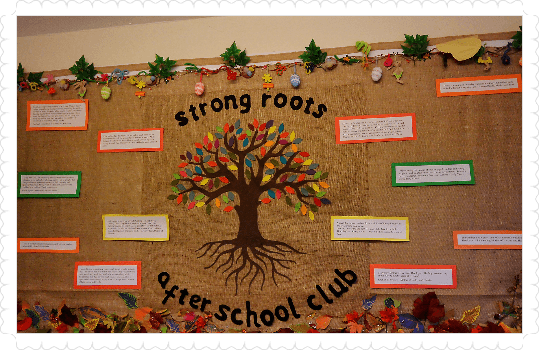

Does your nursery have a display wall (like the one shown above) to describe your "vision and ideas"?
Involving the children in nature the teacher acts only as a guide and the children are given space to freely express their imagination and creativity and to enjoy the aesthetics and magic of nature. In this way it reflects the philosophy of the learning centre’s director - let nature act as the best teacher for the children.
Part of understanding the world
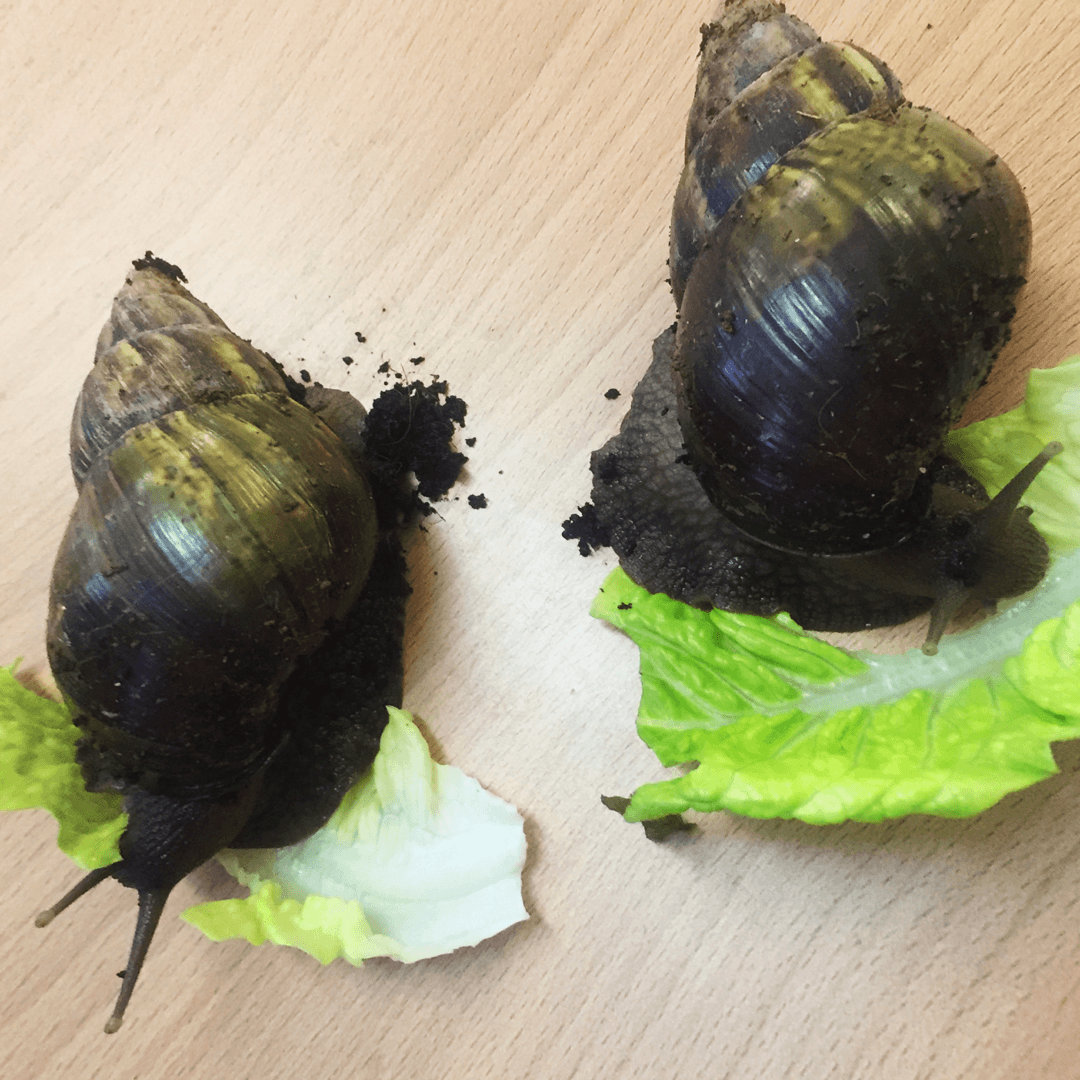

During our visit the staff placed two snails in warm, humid containers and allowed children to become familiar with them and observe their growth. Once the snails had been fed the children are only too eager to tell me what they know about the snails, what they are doing and why snails inhabit the environment that they do.
When a snail enters the model castle (pictured below) Suzanne poses guided questions: "What is this?"she asks. A little boy replies: "This is a snail leaving behind traces…".
Children are encouraged to understand and learn about these fascinating animals through close observation. This is one of the principles of good EYFS practice known as ‘Planning in the moment’. This refers to the process (where no advanced planning is required) whereby a teacher builds on what the child is already doing at that moment and only intervenes to help move their learning forward. These ‘teachable moments’ simultaneously engage children’s curiosity, encourage them to think further and allow them to give short but crucial timely responses to their interests.
1. Movement Skills
Using the educational framework of the seven areas of physical development laid out in EYFS, the nursery has a purpose-built and stable climbing frame with a see-saw to develop children's sports and coordination. Climbing up and down the equipment lets children gain crucial balancing and dexterity skills. It is important to use a variety of artificial equipment together with natural resources to enable children to exercise confidently in various ways. In this way children learn to use space safely. Teachers may want to allow older children to climb trees to certain heights to enjoy sensory exploration of trees through touching and feeling in the fresh air and sunshine.
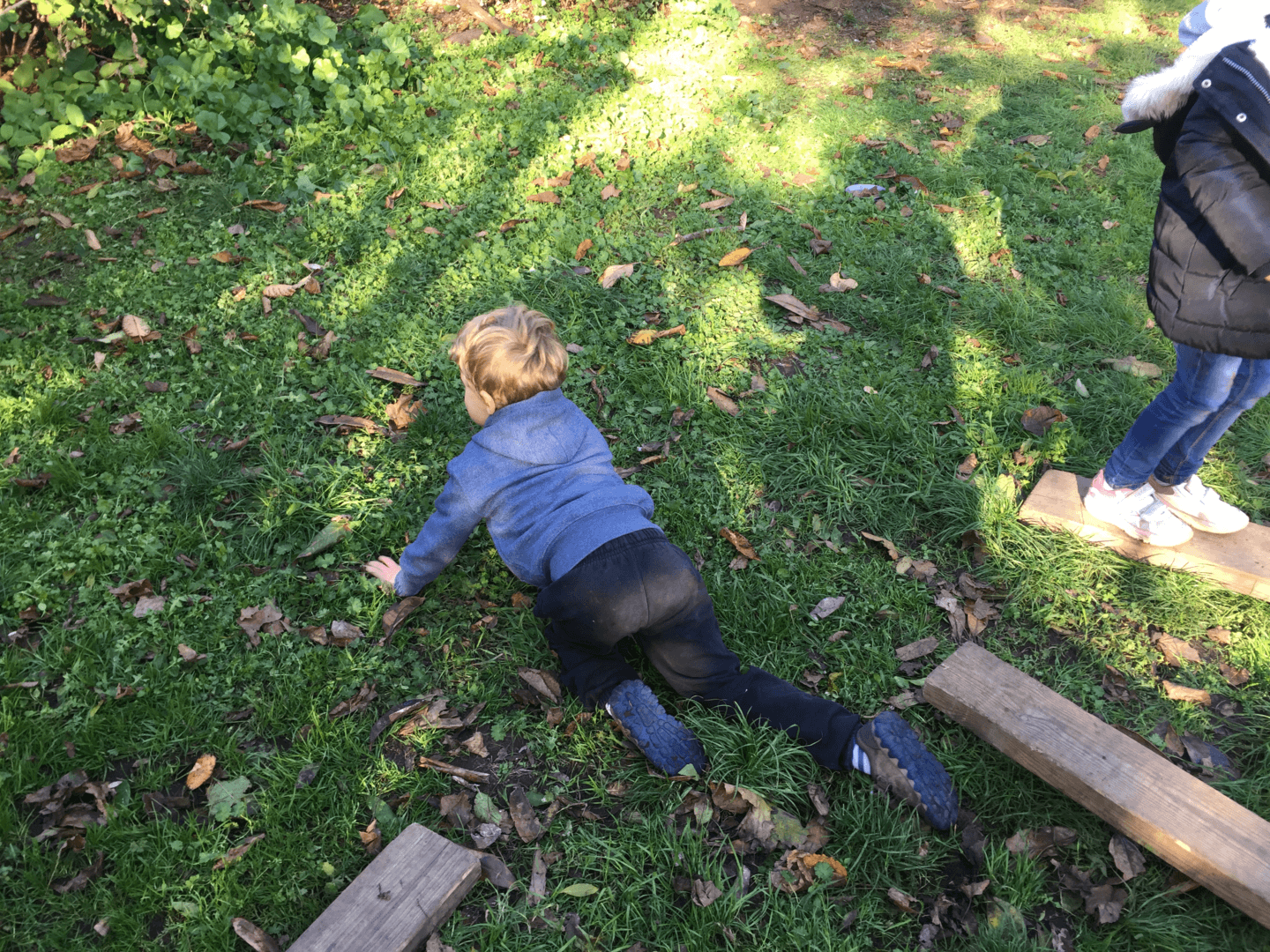

2. Physical health and self-care ability
We learnt that children gradually become aware of the importance of safe usage of devices and tools between the ages of 30 and 50 months in their development. Teachers also start to work on strengthening children's physical movement and ability during this period so that they can learn to grasp tools and different objects safely and thus steadily improve these skills. They then use these tools when undertaking creative activities.
Exploration and use of media & Materials
Children can make the most of nature - even fallen leaves can become their musical instruments. For them the sound created by blowing grass leaves sounds on occasion, like pigs or like birds, is great fun.* Teachers resourcefully use the shell cuttings of hazelnuts, on the same sound principle as a flute, to teach children how to use airflow to produce a crisp and pleasant sounds.
Featured independent outdoor game
1. Mud kitchen
Let children have full play using their imagination.
Experience the real fun of cooking.
Develop a sense of cooperation and build partnerships.
Exercise small muscles to promote hand-foot co-ordination.
Teachers use natural resources such as soil to stimulate children's imagination. This practice also promotes the principle of environmental protectionism. Some children tell me "I'm making magic potions." Others tell me "I'm making a magic salad." What a lovely and imaginative group!
2. Expedition
Fosters the children's spirit of adventure, discovery and promotes their exploring capabilities.
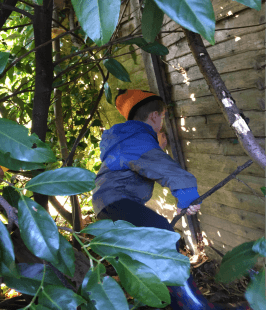

At one point a young boy tells me excitedly, "Look, this is my base!". So, when they are given a certain degree of freedom children become very good at discovering the secrets of nature. They learn to observe and feel by exploring and the nursery provides ample space to stimulate children's curiosity and go exploring by themselves.
What kind of environment?
Provide an interactive environment.
Design an exhibition area of children’s work for display.
Create an open but secure environment.
Use widely available natural materials.
Allow children free access to all materials.
Real natural materials, safety conscious activities, being mindful of environmental protection.
Low cost, easy to collect multiple-use resources.
Stimulate children's creativity and imagination.
Keep material fresh and stimulate children’s desire to explore.
Here most of the materials used have come from the natural environment and the children use their creative imaginations to inhabit fairy tale kingdoms with their teachers working as their guides. The club teachers are committed to being watchful guardians by simple observation and patience responding to the children’s needs where necessary. They respect the uniqueness of each child, explore ways to establish positive relationships between children and strive to create an interactive and open environment for them. They implement numerous independent outdoor games to achieve core EYFS concepts. We encourage you to create your own natural paradise of play and learning, growth and progress in your nurserie
How to improve children’s mathematical cognitive ability of shape, space and measurement
Early learning goal – shape, space and measurement
Children use everyday language to talk about size, weight, capacity, position, distance, time and money in order to compare quantities, objects and solve problems. They recognise, create and describe patterns. They explore characteristics of everyday objects and shapes and use a mathematical language to describe them.
Through analysing the description of shapes, space and measures as described in the “EYFS Early Years Learning and Development Goals” it is clear that at nursery level children need to learn simple shapes such as triangles, quadrilaterals and circles. In addition to this they need to learn the relationships between these different shapes and how they fit into their surrounding environment. Most artificial objects are built on these simple shapes and complex shapes in nature can also be reflections of these. As well as this the compositions and constructions of shapes are widely used in the creative industries. Therefore at EYFS level it is particularly important to gradually improve children’s mathematical cognitive ability through different methods and activities.
In view of the age associated characteristics of children at EYFS level the following eight activities are recommended to promote a child’s recognition of shape and measurement.
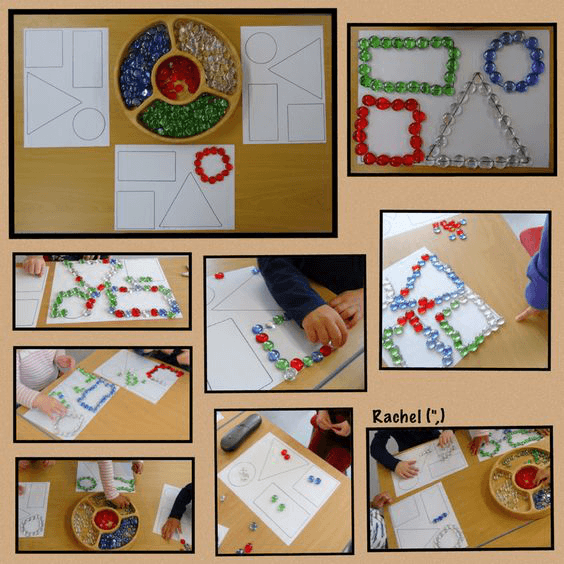

Looking for shapes in the environment
Children are investigators by nature who enjoy “treasure hunts”. Teachers should support and help develop their interest in shape recognition by placing some pre-prepared two-dimensional shapes in various environments. The teacher then can lead the children to look for squares, circles, triangles, arcs and other shapes in their environment. This can enable the children to better understand shapes and their relationship to the child’s environment.
Potato shape printing
Potatoes are halved and cut into different shape stamps (such as squares and triangles). They are then applied with paint to be printed. Printing these potato shapes on paper will engage children as they can observe first hand and participate directly with enjoyment. This creative task is also a good way for children to discuss the shapes they have created with each other.
Car competition
This is a small scientific activity to develop a child’s ability to measure. The first step is to place a long cardboard tube at an angle making a slope and measure a long strip of paper of a fixed length to be secured at the bottom. The next step is to encourage children to take turns placing small cars at the top of the slope and observe how far they roll down the pipe and on to the paper below. Teachers can add numbers to the paper so that children can more easily measure the rolling distance of their cars.
Measuring the body
Measuring the body is an interesting and simple way to learn how to measure. This activity can be carried out indoors with large sheets of paper and pens or on the ground using chalk. Children can take turns lying on the ground and drawing shapes around each other. Following this, they can use rulers or tape to measure different body parts such as their arms, legs, feet, etc. Children can compare their measurements with their friends to improve their ability to interact and cooperate with each other.
Sorting size
This activity uses a variety of resources such as shells, buttons or dolls. A set of items of different sizes and three different jars or bowls are given to the children. They are then asked to classify these objects into small, medium and large sizes and put them in the corresponding bowl or jar. In this process, children learn to compare items to each other, before sorting them into the right bowl or jar.
Making shapes out of paper tape
Paper tape can be used to mark out large shapes on the floor. Children use building blocks such as Lego or toy bricks to cover the taped outline and thus create various shapes on the floor. This helps to better develop children's shape recognition and measurement capabilities.
Continual sand supply in sandy area
Games involving sand and water are another great way to help children develop early measurement concepts. Nursery teachers and parents can both provide a variety of sand material and children must independently add to this when necessary. The process of checking that their sand supply is sustainable will help improve children's mathematical ability. The game allows children to learn to compare different quantities all whilst enjoying the simple process of filling and emptying containers. They use everyday language to describe positions and when expressing size, so they gradually improve their perception of shape, space and measurement.
Collage game
Through creative collage games children's perception of shape can be further enhanced. For this activity adults will need to cut lots of different shapes from various materials. Children then use these cut-outs to create shape combinations which may result in the creation of aliens, space rockets and many more images. Through these creative works (like the one pictured below) they learn to combine different shapes to create new and unique illustrations.
Additionally there are many more activities and methods to enhance children's understanding of shape and ability to measure. The combination of learning about flat two-dimensional shapes and three-dimensional spaces serves to better cultivate children's overall perception of space, plane shape and measurement. Furthermore it is extremely important that early childhood teachers observe, record and reflect on each child’s development of shape, space and measurement.
The Future of the UK Education Sector - Challenges and potential on a world stage
Education Stakeholder Event 2019
BIEA CEO Nikki Collins joined other senior managers from the education sector to discuss education strategy for the UK.
Hosted by the Department of International Trade at The Institute of Engineers the discussion focused on where UK education should be pending Brexit. The goal is to keep the UK at the forefront of international education.
Dr Liam Fox MP, Secretary of State for International Trade said that Early Years, distance learning and vocational training are key to international collaboration.
BIEA is constantly developing new products and services tailored to the needs of emerging educational markets such as that in China. BIEA launched the Early Years League to assist educators and teachers in implementing the Early Years Foundation Stage to their environments.
The E-League programme ties in with UK government policy of supporting the Chinese in finding a solution to their shortage of skilled Early Years teachers.
Damien Hindes, the Education Minister, spoke of the value of international education to British society, “International students bring far more than just financial benefits to the UK, they also bring cultural diversity.” He also added, “It’s never been more important to be globally minded, outward looking and ambitious than it is today. The competition has never been more fierce and the opportunities never greater.”
The audience were very impressed by the progress of the BIEA International STEM competition. 45 teams from 18 different countries are now translating their designs into working models for the finals. The competition is an exciting focus of many ideas and designs and will also provide an excellent opportunity for international dialogue and friendship.



